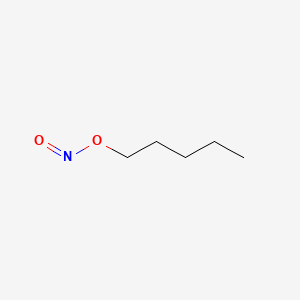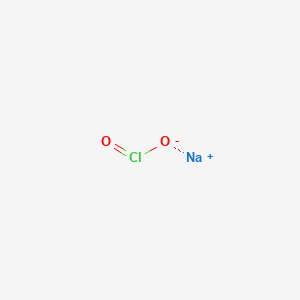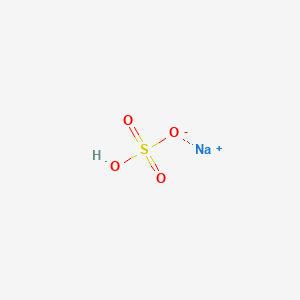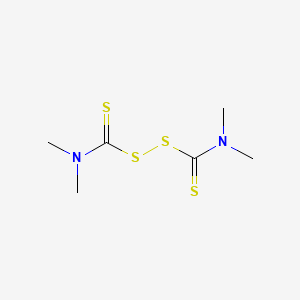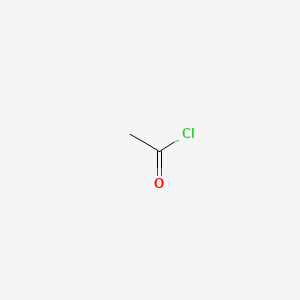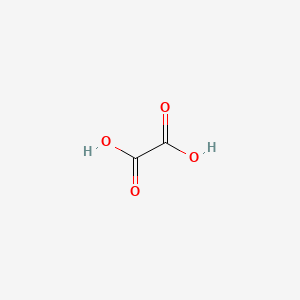Thioglycolic Acid CAS 68-11-1
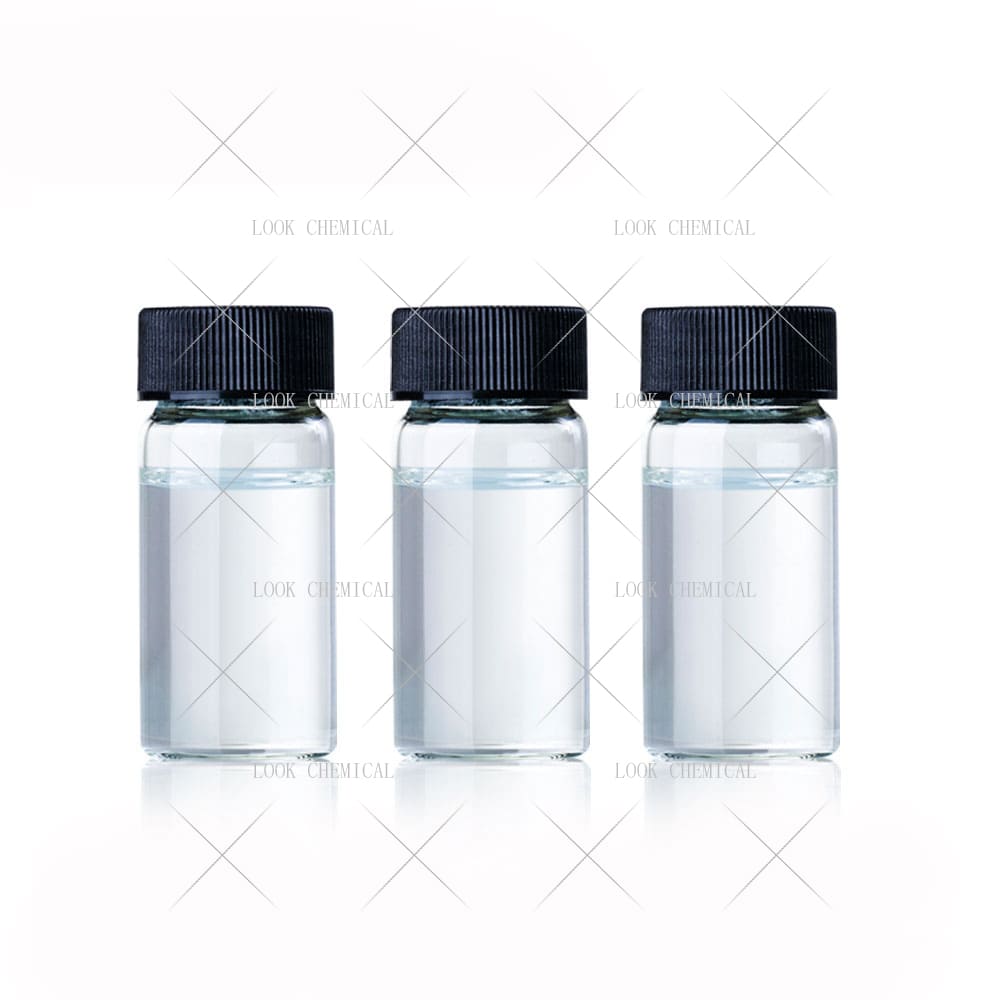
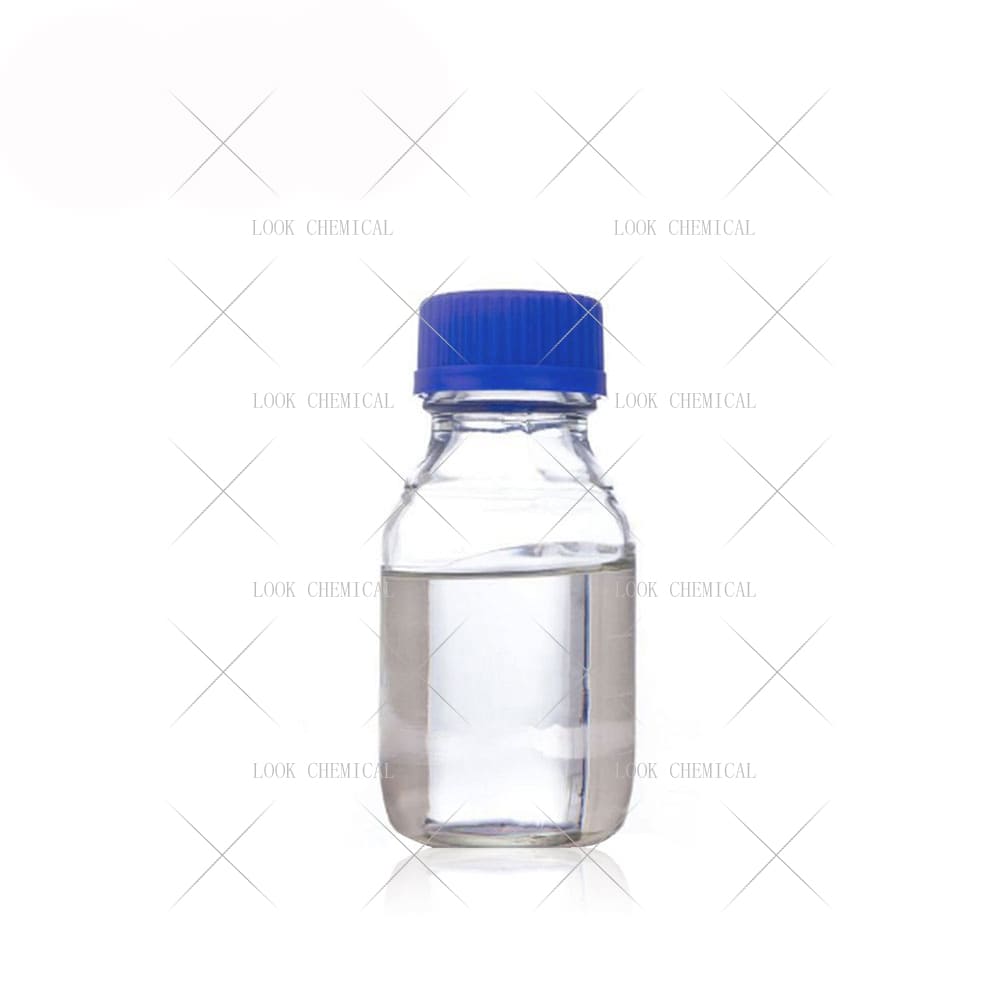
Factory wholesale Thioglycolic Acid CAS 68-11-1
- Appearance:Liquid
- Purity:99.8%
- Delivery:30days
- Sample Available:Available
- Payment:L/C,T/T,D/P,Paypal,Money Gram,Western Union
- Incoterm: FOB,CFR,CIF,EXW,FCA,CPT,CIP
- Transporta:Ocean, Land,Air, DHL,TNT FedEx
Name: Thioglycolic Acid
CAS: 68-11-1
MOQ: 1KG
Directory Guidance on Thioglycolic Acid
Chemical Structure
Basic Info:
| Melting Point | −16 °C(lit.) |
| Boiling Point | 96 °C5 mm Hg(lit.) |
| Density | 1.326 g/mL at 20 °C(lit.) |
| Vapor Density | 3.2 (vs air) |
| Vapor Pressure | 0.4 mm Hg ( 25 °C) |
Thioglycolic Acid Introduction:
Thioglycolic Acid, with the chemical formula HSCH₂COOH, is an organic compound containing both thiol (-SH) and carboxylic acid (-COOH). The bifunctional characteristics of its molecular structure give it unique chemical properties, making it show wide application potential in many fields.
At room temperature, Thioglycolic Acid is a colorless to pale yellow transparent liquid with a subtle pungent odor, readily soluble in polar solvents such as water, ethanol and ether and with a boiling point of approximately 220degC and melting point of approximately -16degC. As this compound is subject to air pollution oxidation rates increasing significantly under alkaline conditions resulting in disulfide formation or other derivatives being formed, therefore lightproof and sealed containers with stabilizers added can extend its shelf life greatly.
From the perspective of chemical properties, the thiol group of Thioglycolic Acid has strong reducing properties and can form stable complexes with metal ions. For example, after combining with transition metals such as iron and copper, it can significantly change their REDOX potential. In addition, the carboxylic acid group endows it with acidic characteristics, and a variety of functional compounds can be derived through reactions such as esterification and amidation.
This type of reaction usually needs to be carried out under mild conditions to avoid oxidation or decomposition of thiol groups. In the synthetic pathway, Thioglycolic Acid is mainly prepared by the substitution reaction of chloroacetic acid and hydrogen sulfide in alkaline environment.After the reaction, it is purified through steps such as acidification and distillation, and finally a high-purity product is obtained. Industrial-grade products usually contain a small amount of impurities, and different purity grades should be selected according to the application scenarios.
In terms of safety, Thioglycolic Acid is irritating to the skin, eyes and respiratory tract. Long-term exposure may cause allergies or chronic damage. Protective equipment must be worn during operation and it should be carried out in a well-ventilated environment. Its waste should be treated in accordance with the standards for hazardous chemicals to avoid direct discharge into the natural environment. Despite certain risks, through strict process control and protective measures, the production and use of Thioglycolic Acid are still widely regarded as safe and controllable.
Nature and Specifications:
| Item | Specification |
| Product Name | Thioglycolic Acid |
| CAS No. | 68-11-1 |
| Appearance | Liquid |
| Shelf Life | 2 years |
| Packing | As Your Requirements |
| Refractive Index | n20/D 1.505(lit.) |
| Fp | 126 °C |
| Storage Temp. | Store at +2°C to +8°C. |
| Solubility | Chloroform (Sparingly), Methanol (Sparingly) |
| Form | Liquid |
Product service:
- Certificate Of Analysis (COA)
- Material Safety Data Sheet (MSDS)
- Route of synthesis (ROS)
- Method of Aanlysis (MOA)
- Nuclear Magnetic Resonance (NMR)
- Packing pictures and loading video before loading
- Free Sample
- Factory audit
The Application Situation Of Thioglycolic Acid
Thioglycolic acid plays an important role in the chemical industry, particularly in reduction and complexation reactions. For example, in polymerization reactions, it is often used as a chain transfer agent to regulate molecular weight distribution and improve material properties; In metal surface treatment, its chelating ability can effectively remove oxide layers and enhance coating adhesion. In addition, it is also used to synthesize thiocarboxylic acid ester compounds, which have special value in the fields of lubricants, plasticizers, and so on. Its reducibility also makes it a key intermediate for the synthesis of certain high-value chemicals, such as drug precursors or specialty polymer materials.
Thioglycolic Acid has many applications within the personal care industry, with its core usages focused on perming and hair removal products. Its thiol groups can break disulfide bonds in hair keratin to reshape it before its bonding structure is restored with oxidants for long-term curling effect – much milder than traditional alkaline perming agents and reduced damage. Calcium and sodium mercaptoacetate derivatives are often used in hair removal cream formulations due to their water solubility and stability – making painless hair removal.
Thioglycolic Acid has an enormous presence in medical applications. Its derivatives can serve as carriers or targeting groups in anti-tumor drug production; modifications of certain platinum-based chemotherapy drugs may increase targeting and bioavailability by using Thioglycolic Acid derivatives as carriers or targeting groups; this compound also bonds to heavy metal ions to develop detoxifiers such as chelating agents for treating mercury or lead poisoning; finally its complexing ability provides stability to radiopharmaceuticals to increase imaging or therapeutic accuracy and precision.
Thioglycolic Acid is often utilized in materials science for surface functional modification. Through self-assembly technology, its molecules form monolayers on metals or semiconductor surfaces through self-assembly technology to increase corrosion resistance, electrical conductivity or biocompatibility of materials. When creating nanomaterials it acts as a stabilizer to control particle size dispersion, prevent agglomeration and prevent particle aggregate formation – potentially offering benefits in sensors, catalytic carriers and electronic devices.
In agriculture, Thioglycolic Acid and its salts have been explored as plant growth regulators or fungicides. Its thiol groups can interfere with the enzyme systems of pathogenic bacteria, inhibit spore germination and mycelial expansion, and at the same time promote root development or stress resistance by regulating the levels of endogenous hormones in plants. In addition, its application in soil heavy metal remediation is also in the research stage, reducing the bioavailability of heavy metals through chelation and decreasing their absorption by crops.
The Advantages Of Thioglycolic Acid
Thioglycolic Acid’s chief advantage lies in its unique bifunctional structure. Thanks to the highly reactive thiol group and acidity and derivatization ability of its carboxylic acid group, it can participate in many chemical reactions, from nucleophilic substitution and complexation to esterification and esterification. This versatility not only simplifies the synthesis route, but also reduces production costs. For example, the complexation of metal ions and the surface modification of materials can be achieved in a one-step reaction, significantly improving process efficiency.
On the subject of stability, though the thiol group itself can quickly oxidize, its storage period can be greatly extended by optimizing formulation (e.g. by including antioxidants or adjusting pH values). Industrial-grade Thioglycolic Acid can be stably stored for more than 12 months under sealed and light-proof conditions, meeting the needs of long-distance transportation and large-scale warehousing. In addition, its liquid form is convenient for precise metering and automated feeding, which is particularly suitable for continuous production processes.
Environmental friendliness is another prominent advantage. Compared to chemicals containing chlorine or benzene rings, the degradation products of Thioglycolic Acid are mainly carbon dioxide, water, and trace amounts of sulfate, which have lower potential harm to ecosystems. In wastewater treatment, residual substances can be effectively removed through oxidation or biodegradation, in compliance with increasingly stringent environmental regulations. Some derivatives such as isooctyl mercaptoacetate have also been included in the green chemistry catalog, promoting the transformation of sustainable production models.
In terms of economy, the raw materials for the production of Thioglycolic Acid (such as chloroacetic acid and hydrogen sulfide) are in sufficient supply and stable in price, and the mature process route further reduces the manufacturing cost. Taking a 10,000-ton production unit as an example, the unit energy consumption can be reduced by more than 30% through heat recovery and by-product reuse. This cost advantage enables it to maintain a high cost-effectiveness in the highly competitive market, especially in bulk chemical procurement.
Thioglycolic Acid’s versatile application systems and compatibility allow it to adapt easily. From metal treatment in highly acidic environments, such as foundries, to biopharmaceutical synthesis under neutral conditions – its chemical properties show impressive adaptability. This broad spectrum of conditions helps users quickly achieve product upgrades or process optimization.
Contact Us
Product Package picture:

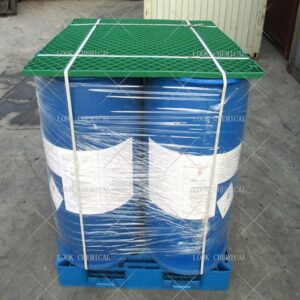

Related References:
Chemicalbook-Thioglycolic Acid
Thioglycolic Acid Manufacturer
Contact Us
As an experienced Thioglycolic Acid manufacturer and supplier, Look Chemical is committed to producing and selling high quality products.
We cooperate and trade with 6000+ factories around the world, and our high-quality products and excellent services make us enjoy a high reputation internationally.
As Thioglycolic Acid CAS 68-11-1 supplier, Look Chemical provides supply chain solutions to partners and customers in a wide range of industries. We offer competitive pricing and quality products.
If you have a demand for this product, please contact our company’s sales staff, we will provide you with a solution in the shortest time.
Transport proposal

1. For products ≤50kg, we recommend using express delivery, which is usually called DDU service (discounted, convenient).
2. For products ≤500kg, we generally recommend air freight, which is usually called FOB, CFR or CIF service (fast and efficient).
3. For products >500kg, we generally recommend shipping by sea, which is usually called FOB, CFR or CIF service (economical, safe).
4. For high-value products, please choose air or express to ensure the safety of product transportation.
Shandong Lookchemical service:
* Timely reply and 24 hours online, the professional team will provide you with the most favorable prices and high-quality products.
* The sample supports testing and inspection.
* Each batch of products will be tested to ensure that its quality meets user needs.
*Packaging can also be made according to customer requirements.
*Any inquiries will be answered by our relevant personnel within 24 hours.
*We will provide you with commercial invoice, packing list, packing list, COA, health certificate and certificate of origin if you need it. If your market has other special requirements, please let us know.
*We will monitor the logistics information in real time and will share the information with you.
* You can consult us at any time if you have any questions about the product, and we will answer you in time.
*If you have any questions about the product, you can report it to us, we will deal with it in time for you, and the product can be returned.
Contact Us
Frequently Asked Questions(FAQ):
We will make samples before mass production, and after sample approved, we’ll begin mass production. Doing 100% inspection during production, then do random inspection before packing.
Our MOQ is 1kg. But usually we accept less quantity such as 100g on the condition that sample charge is 100% paid.
Yes. We’ll give you product analysis report before shipping.
Different quantity has different discount.
Yes. Welcome to visit.
You can get free samples for some products,you only need to pay the shipping cost or arrange a courier to us and take the samples. You can send us your product specifications and requests,we will manufacture the products according to your requests.


